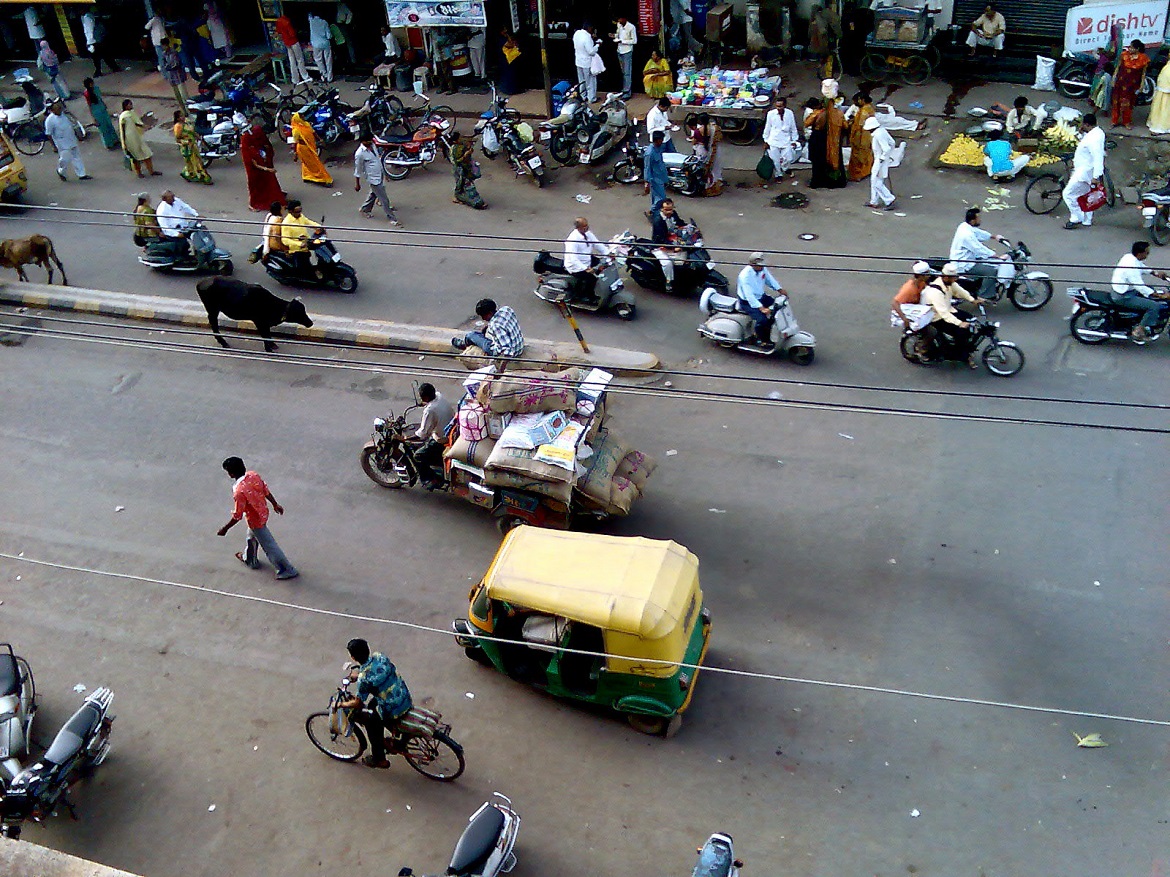Prioritising Safer Roads to Ensure Safer Users

Road traffic injuries (RTIs) are a global epidemic. Every year over 1.35 million people across the world lose their lives due to road traffic incidents. According to the World Health Organisation’s Global Status Report on Road Safety 2018, RTIs are the leading cause of death for children and young adults aged 5-29. They continue to be a major developmental issue in India as well. As per the Accidental Deaths & Suicides in India published by the National Crime Records Bureau, RTIs are the leading cause of accidental death across all ages, in the country.
The gravity of the issue is well recognized by decision-makers. The Indian government has been observing National Road Safety Week since 1989. They also signed the Brasilia Declaration in 2015, enacted the Good Samaritan Law in 2016 and amended the Motor Vehicles Act in 2019. Several Indian states have pioneered innovative projects like Haryana Vision Zero, Punjab Vision Zero, Safe Kerala Project, etc.
In February 2021, as we observed the 32nd Road Safety Month, which until last year was observed for just a week, it is important to measure the impact of the 31 years of efforts. In 1989, when the need for a road safety week arose, the number of people in India killed due to road crashes stood at about 36,000. Three decades later, this number has quadrupled to over 154,000 every year. One of the reasons for this is attributed to the increase in India’s vehicle population from 21.4 million in 1991 to about 230 million by 2016. However, with over 12% of global fatalities taking place in India which has only about 2% of the global motor vehicle population, this reason seems insufficient.
To bring down the number of road crashes and consequent injuries and deaths, the reason behind these crashes needs to be understood better. There are three components to a road crash - vehicle, user and environment. Vehicular characteristics include the type, size, age of vehicles involved in the incident, occupancy at the time of crash, etc. User entails the nature of people involved in the crash, for instance their age, gender, physical and mental fitness, education, etc. Environment is the location of the crash and includes road characteristics, lighting, weather, traffic, etc. It is pertinent to note that for a crash to take place, one or more of these components has to be compromised.
Interestingly, for over three decades, the bulk of investments have gone towards improving only one aspect of road crashes: the user. The approach taken towards roads safety so far has been to educate users and create awareness about safety. This education and awareness is also the basis of all activities proposed in the National Road Safety Weeks and Month.
But how far does awareness about an issue help in eradicating it? Take helmet use, for example. A study done in 2018 revealed that 92.8% of the respondents were aware of the safety benefits of child helmets but only 20.1% owned and used one. Similarly, 90% respondents said they do not use rear seat belts even when 70% said their vehicles have it. These statistics highlight a gap between being aware and being safe.
To really make our roads safer for users, there is an urgent need to rethink the way we approach the issue. Investment in projects focussed at improving user awareness, behaviour and education are important. However, such projects should not dominate our efforts for a safer road environment. Rather, by investing in just the following as a start, can ensure a palpable reduction in road traffic injuries and fatalities.
Speed Management
Speeding is considered to be the single biggest factor contributing to the high number of RTIs across the globe. Every 1 kmph increase in average speed of vehicles increases the probability of injury due to a road crash by 3% and fatality by 4-5%. The importance of these statistics is more in urban areas where vehicles have a heightened interaction with vulnerable road users, like pedestrians, cyclists, motorcyclists, etc. A speed of 80 kmph on highways might be acceptable but the same in urban areas will substantially reduce the probability of a pedestrian surviving a crash with a fast-moving vehicle.
According to the National Crime Records Bureau’s 2019 report on Accidental Deaths and Suicides in India, 59.6% of all road crashes occurred due to ‘over-speeding’. As such, enforcing lower speeds, especially in urban areas and high-risk areas like around schools, hospitals, commercial streets, residential areas, etc., is paramount to reducing crashes and RTIs.
Making roads safer by design for all users
The most prominent part of our roads is the tarred black surface, technically called the carriageway whose function is to provide passage to motorised vehicles. However, roads in India are used by a variety of users and for a range of purposes. There are motorists, pedestrians, cyclists, animal- and hand-driven carts, autorickshaws, buses, trucks and numerous other modes of transport that use the roads at any given point in time. Additionally, roads are not only required for travelling, but also economic activities like vending, transporting utilities services and so on.
Most people in India prefer walking and other non-motorised means of travel. As such, focussing only on motorised transport, when designing roads, puts other road users in danger. There is an urgent need to understand who these roads are built for and accordingly designed so as to make all users safe.
Ultimately, prioritising vulnerable road users and managing speeds in urban areas, can both be achieved by a Safer by Design approach. Only once our roads are made safer can we expect the user to be safe. And then we can expect better results from user-oriented education and awareness approach to road safety.
Views expressed are the author’s own.
